During the 1980’s the automotive industry in Europe and the USA became increasingly concerned about competition from Japan and Asia, because new entrants to the market were gaining significant market share and attacking their traditional domination of the global automotive market. In order to understand the source of their apparent competitive advantage, and the threat to their market dominance, the industry sponsored a research project run by Massachusetts Institute of Technology (MIT), to compare and contrast different companies in the industry.
In their book The Machine That Changed the World – based on the MIT study, James Womack, Daniel Jones and Daniel Roos explained how the Japanese and to a lesser extent Korean producers were building their competitive advantage based on the principles of Lean Thinking and Lean Manufacturing – with a relentless obsession with continuous improvement techniques to identify and eliminate sources of variation and waste in their production processes. Reading the book when it was first published in 1990 – it was apparent that this was not a passing fashion – but represented a fundamental shift in the industry that threatened the survival of many well known companies and established brands.
For me, as an employee of a company under threat of extinction, the most disturbing and challenging part of the book was it’s 30 year forecast for the industry, which suggested that by 2020:-
- Toyota would become the most valuable global automotive brand
- China would become the largest global market
- Traditional European producers that failed to transform their business would face extinction
- The big three US producers (Ford, GM and Chrysler) would loose domestic market share and face an existential crisis
Looking back with the benefit of hindsight we can seen that these predictions, and many others, were remarkably accurate as the industry has driven and responded to changes in the global market – and the development of new technology.
Since 1990, established companies have been struggling to develop a survival strategy that allows them to respond to the challenge from the lean producers – and have invested million of pounds in ‘lean manufacturing initiatives’ to address the productivity gap between the traditional methods of mass production – and the lean producers with their ‘just-in-time’ and ‘Kanban’ systems. Without these initiatives few of the traditional companies could have survived into the new millennium – and enormous improvements in productivity have been achieved by many ‘traditional companies’ in Europe and the USA – whist their Korean and Japanese competitors have continued to advance in global markets. However, our focus on ‘Lean Manufacturing’ as the only source of Toyota’s competitive advantage has allowed many to ignore other lessons from the MIT study which are explained in The Machine that Changed the World.
Among the ‘lessons yet to be learnt’ by many western managers we find:-
- The relationship between organisational culture and differences in performance of companies with similar systems and processes
- The ability of the Toyota and other ‘Lean Thinkers’ to respond more quickly to changes in market requirements, so that traditional competitors are left ‘behind the curve’ in the development of new technology and market opportunities
In fact the authors of the The Machine That Changed the World recognized that lean organisations greatest strength, and therefore threat to ‘traditional companies’, was their ability to become more responsive to the changing market conditions with an aggressive program of product replacement and renewal that could not be matched by their traditional competitors – who continued to ignore the ideas behind ‘lean product development’.
In Product Development for the Lean Enterprise: Why Toyota’s System Is Four Times More Productive and How You Can Implement It Micheal Kennedy explores this ‘missing link’ in our understanding of the Lean Revolution that is continuing to transform the automotive industry – which like other aspects of Lean Thinking is counter intuitive until you get to grips with the subject and start putting it into practice. Written in the form of novel with an academic commentary, the book follows the story of a company bogged down in traditional thought processes and management systems – that starts to explore and adopt the principles of Lean Product Development.
I’ve found the book both readable and informative – with a style that will appeal the the general reader and technical expert. If you are involved in developing new products or production processes you will quickly recognize the problems described as being ‘all to familiar’ in our normal approach to product development – and as you start to explore the concept of ‘Lean Product Development’ you will wonder why you have not thought like that before. However, for those of you involved in manufacturing or strategic management the book provides a rare insight into the world of product development as it is – and how it could be transformed by Lean Thinking with supporting systems and processes.
It has taken the industry 30 years to get to grips with Lean Manufacturing – but that is only one aspect of the Lean Revolution – and perhaps we should take another look at the lessons yet to be learnt – and start reading….
